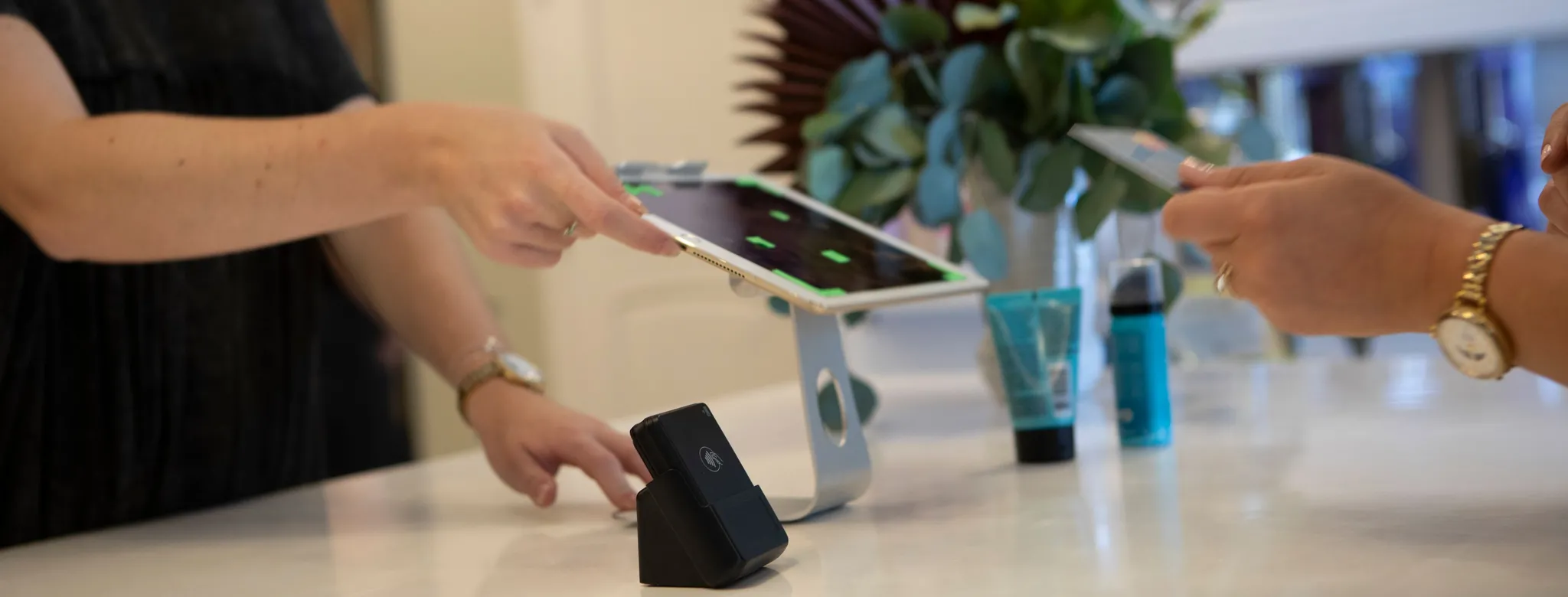
Setting Financial Goals for Your Salon or Spa in the New Year
Last updated: June 23, 2025
The new year is just around the corner, and given how busy this year became, chances are you didn't complete all of the items on last year's to-do list. But don't give up on setting goals entirely—having clearly defined targets provides a road map for you and your team moving forward.
For the purposes of financial goal setting for the new year, we'll look at ways to positively impact each of the five core sections of your income statement—revenue, cost of goods, gross profit, expenses, and net profit.
Revenue goals
For an existing business, this may seem simple; you want to hit a number higher than the previous year. While that's certainly true, hopefully you're not just choosing a target at random. Look at what experts are forecasting for economic growth, and then choose your desired percentage increase realistically. Beyond that, also be sure to consider the various silos in which you create revenue, as different likely growth statistics may apply to each. The typical spa or salon business will be bringing in sales in at least two ways—services and products—and your business may also have a membership component to include.
For both new and existing business, a logical way to approach the math for treatment revenue is to look the number of revenue-generating spaces, chairs and treatment rooms that you have, consider the hours you're open, your average price per service and thus revenue per hour, and your expected utilization rates. Product revenue is often factored as a percentage of treatment revenue; yours will vary but we know that cosmetics and skincare drive the highest related retail sales—and massage the lowest. Membership sales will likely have a trend history that you can build on, while factoring in the impact of pricing adjustments and promotional efforts.
Another piece of the puzzle is your potential staffing level. Your business may be able to sell more appointment slots than you have staff to fill them, so be sure to keep that in mind when you set your targets. The best approach is a combination of optimism and realism.
Cost of goods
Making improvements in cost of goods means lowering the number, not raising it! The biggest piece of this portion of your income statement is typically your direct labor costs. Whether you pay your technical staff by commission, treatment rate, or hourly plus—some portion, if not all—of their remuneration will appear here, and it's obviously very difficult to lower that number in relation to sales. However, you do have some leverage with some of the other line items in cost of goods which are also related to sales production, such as the credit card fees paid on transactions, the wholesale cost of any of the retail items you have sold, or the cost of treatment supplies as a percentage of the revenue generated. It may be possible to negotiate a slight discount from the listed wholesale price if you have good relationships with your resource partners and are consolidating your purchases among fewer companies.
One area where an impact can almost always be had is on the cost of treatment supplies. This number on your income statement is only reflective of the supplies that were already consumed when supplying services, not the products that are still in your facility. Instituting a system for the ordering, receiving, stocking, deployment and usage of these vital products can often return as much as several percentage points of improvement. Cutting your treatment supply costs from 9% to 7% of service revenue may not sound like much, but it would actually result in an almost 30% improvement in that cost.
Gross profit
After you deduct your cost of goods from your revenue, gross profit is how much money you have left to pay ALL of your other expenses, and hopefully to show some profit. Growing your revenue while shrinking or keeping steady your cost of goods percentages will result in a bigger spread between those two numbers, therefore a higher gross profit. Controlling your treatment supply costs and technical labor costs are the most impactful ways to do this. But, as mentioned, you may be able to negotiate more favorable terms with your bank on credit card fees, or to receive a favorable rate on purchases from your retail partners, which will also positively impact the gross profit.
Expenses
This is the area of your income statement where careful and strategic planning can have the biggest impact. While your rent and utility bills are probably set, there are many other line items you can focus on. The costs of subscriptions to software and other services, for instance; you may find you are subscribing to services you no longer need. Careful examination of your POS systems may reveal, for instance, that the software can also handle functions of payroll or marketing that you may be currently paying additional third-party vendors for, so those could be eliminated. If your laundry is sent out-of-house, perhaps it is time to shop for alternative options with better pricing.
Marketing is another area to look at; you likely have an array of marketing and advertising initiatives. Which of these are bearing fruit and resulting in new clients, increased sales, or consumer engagement, and which are not? Maybe some of these dollars can be used differently. Can your insurance policies be renegotiated or updated? Are you overspending on uniforms? Have you taken a hard look at your telephone and internet service provider bills? If you can choose one or two of these options and create improvements, any money you save will fall directly to the net profit entry.
If you need more income to cover expenses, evaluate your options. You may even be interested in a cash advance to help manage short-term cash flow needs to make certain investments into your salon or spa. If so, Mindbody Capital can help with that.
Net profit
Last but certainly not least, the most important line item of all. This number represents how much is left after all your obligations are met. While there will be variations due to your legal and ownership structure, debt ratios, and service mix, the expected profit percentage for an owner-operated spa or salon will be somewhere between 0-10% of revenue generated. Any advantages you have created in any of the previous four areas will accumulate here. If you can make one positive change in each area, those totals can be compounded.
While financial goals are set by you and your management team, these goals are most likely to be met when the entire team is participating. While it is not necessary to share all the details of the income statement with the staff, break your annual targets down into monthly, weekly, or even daily digestible bits and share the progress. Understanding that delivering beauty and wellness is a business which, like any other, requires profits to survive and grow is a lesson that is best understood by your entire team.



